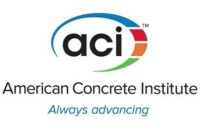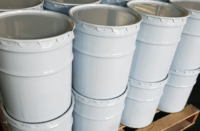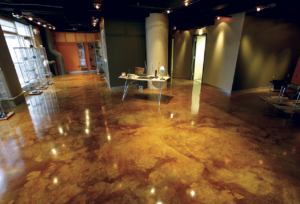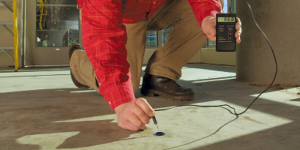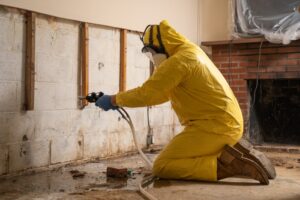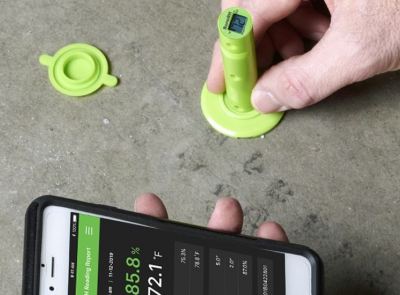 Wagner Meters announces the update to AS 2455.1 (Textile floor coverings – Installation practice – General. This update allows the use of the in-situ relative humidity (RH) probes to test the moisture condition of concrete subfloors below the surface. The nationwide Australian standard received approval on April 15, 2019, by the members of the TX-009 Joint Technical Committee. This was on behalf of the Council of Standards Australia.
Wagner Meters announces the update to AS 2455.1 (Textile floor coverings – Installation practice – General. This update allows the use of the in-situ relative humidity (RH) probes to test the moisture condition of concrete subfloors below the surface. The nationwide Australian standard received approval on April 15, 2019, by the members of the TX-009 Joint Technical Committee. This was on behalf of the Council of Standards Australia.
The Australian Standard AS 2455.2 (Textile floor coverings – Installation practice – Carpet tiles) specifies the requirements for the installation of carpet tiles. This code defers to AS 2455.1 for standards on how to prepare a floor for secure installation.
Thus, in situ RH testing now joins the hood test. It is now one of only two test methods the standard accepts for concrete testing during floor preparation.
Use of the in situ RH test in Southern Hemisphere Pacific Rim countries accelerated in the 1980s when a New Zealand trade association provided its members with the Edney gauge hygrometer. Later, research in Sweden in the 1990s identified the proper depth at which an RH probe could yield the most accurate indication of the moisture condition of the concrete when installing the flooring. This and other bodies of research formed the foundation of the American ASTM F2170 Standard (Standard Test Method for Determining RH in Concrete Floor Slabs Using in situ Probes).
Hood test withdrawal
The group withdrew the hood test from American ASTM standards in December of 2014. This test measured moisture vapor emissions from the slab surface. However, a preliminary Precision and Bias conducted in 2013 by ASTM members proved the hood test as unreliable.
In situ RH probes are inserted into the slab to get readings below the surface. These are now stipulated to get an accurate measure of concrete moisture condition in compliance with Australian AS 2455.1 and AS 2455.2 standards.
About the Rapid RH Concrete Test
The Rapid RH Concrete RH Test from Wagner Meters provides accurate concrete moisture readings quickly and easily. The new Rapid RH L6 system simplifies the process even more. It does this while also adding the reliability and freedom of wireless data transmission for superior data integrity.
Don Considine, of IKW Consulting Group and member of the AS/NZS 2455, AS/NZS 3733 TX-009 Textile Standards Committee and AS 1884 PL-015 Resilient Standards Committee, commented on his preference for using Rapid RH. “I started using the Rapid RH sensors around 10 years ago. I used it for concrete moisture testing because they’re easier to use and more robust. Also, after equilibration in the test hole for at least 24 hours (as per ASTM F2170), it only takes 3 seconds to take a reading. The DataMaster (L6) app then takes all the information from the sensor. Then in places it on my iPhone, which then allows me to send it as a spreadsheet to my laptop. Over the years, I’ve always used Rapid RH sensors and found them good, easy, and reliable to use.”
